The Unfinished Atomic Bomb
New Studies in Modern Japan
Series Editors: Doug Slaymaker and William M. Tsutsui
New Studies in Modern Japan is a multidisciplinary series that consists primarily of original studies on a broad spectrum of topics dealing with Japan since the mid-nineteenth century. Additionally, the series aims to bring back into print classic works that shed new light on contemporary Japan. The series speaks to cultural studies (literature, translations, film), history, and social sciences audiences. We publish compelling works of scholarship, by both established and rising scholars in the field, on a broad arena of topics, in order to nuance our understandings of Japan and the Japanese.
Advisory Board
Michael Bourdaghs, University of Chicago
Rebecca Copeland, Washington University in St. Louis
Aaron Gerow, Yale University
Yoshikuni Igarashi, Vanderbilt University
Koichi Iwabuchi, Monash University
T. J. Pempel, University of California, Berkeley
Julia Adeney Thomas, University of Notre Dame
Dennis Washburn, Dartmouth College
Merry White, Boston University
Recent Titles in the Series
Resilient Borders and Cultural Diversity: Internationalism, Brand Nationalism, and Multiculturalism in Japan, by Koichi Iwabuchi
Traveling Texts and the Work of Afro-Japanese Cultural Production: Two Haiku and a Microphone , edited by William H. Bridges and Nina Cornyetz
Japan Viewed from Interdisciplinary Perspectives: History and Prospects , edited by Yoneyuki Sugita
Single Mothers in Contemporary Japan: Motherhood, Class, and Reproductive Practice , by Aya Ezawa
Creating Japans Ground Self-Defense Force, 19452015: A Sword Well Made , by David Hunter-Chester
Rethinking Japan: The Politics of Contested Nationalism , by Arthur Stockwin and Kweku Ampiah
The Politics and Literature Debate in Postwar Japanese Criticism: 194552 , edited by Atsuko Ueda, Michael K. Bourdaghs, Richi Sakakibara, and Hirokazu Toeda
Yokohama and the Silk Trade: How Eastern Japan Became the Primary Economic Region of Japan, 18431893 , by Yasuhiro Makimura
The Unfinished Atomic Bomb: Shadows and Reflection s, edited by David Lowe, Cassandra Atherton, and Alyson Miller
The Unfinished Atomic Bomb
Shadows and Reflections
Edited by David Lowe, Cassandra Atherton, and Alyson Miller
Lexington Books
Lanham Boulder New York London
Published by Lexington Books
An imprint of The Rowman & Littlefield Publishing Group, Inc.
4501 Forbes Boulevard, Suite 200, Lanham, Maryland 20706
www.rowman.com
Unit A, Whitacre Mews, 26-34 Stannary Street, London SE11 4AB
Copyright 2018 by Lexington Books
Let Us Be Midwives and part of City Ravaged By Flames from Black Eggs , by Kurihara Sadako (The University of Michigan Center for Japanese Studies, 1994), are included in chapter 7 with permission.
All rights reserved . No part of this book may be reproduced in any form or by any electronic or mechanical means, including information storage and retrieval systems, without written permission from the publisher, except by a reviewer who may quote passages in a review.
British Library Cataloguing in Publication Information Available
Library of Congress Cataloging-in-Publication Data Available
ISBN 978-1-4985-5020-8 (cloth : alk. paper)
ISBN 978-1-4985-5021-5 (electronic)
 The paper used in this publication meets the minimum requirements of American National Standard for Information SciencesPermanence of Paper for Printed Library Materials, ANSI/NISO Z39.48-1992.
The paper used in this publication meets the minimum requirements of American National Standard for Information SciencesPermanence of Paper for Printed Library Materials, ANSI/NISO Z39.48-1992.
Printed in the United States of America
Contents
Acknowledgments
We would like to thank all of our contributors for sharing their research and expertise; it has been a pleasure making contact and working with such an eminent group of scholars. We would also like to acknowledge a number of people who assisted in the writing and publication of this book. Thank you to Glenn Moore for his correspondence with the Hiroshima Peace Memorial Museum, and his assistance with many aspects of the proposal and production of this manuscript: he did much more than write a chapter for this book. We are also very grateful to Celeste Thorn, for her tireless work as a research assistant and to Murray Noonan, for the initial preparation of the manuscript. Indeed, the support of the Contemporary Histories Research Group at Deakin University has been an important factor in the production of this book: https://blogs.deakin.edu.au/contemporary-history-studies/
We would like to thank the Radiation Effects Research Foundation (RERF) and specifically Jeffrey Hart, Chief Public Relations and Publications Officer, and Eric Grant, Associate Chief of Research, for talking to us about their work, about the function of the RERF today and answering our questions. Thank you to Mark Selden, editor of Japan Focus: The Asia-Pacific Journal , for his enduring support. Mark granted permission for the re-publication of earlier versions of Cassandra Athertons and Peter J. Kuznicks chapters in this book, which originally appeared as Give Back Peace That Will Never End: Hibakusha Poets as Public Intellectuals: http://apjjf.org/Cassandra-Atherton/4328.html and Defending the Indefensible: A Meditation on the Life of Hiroshima Pilot Paul Tibbets, Jr: http://apjjf.org/-Peter-J.-Kuznick/2642/article.html. Mark also granted permission to reproduce haiku by Ichiki Ryujoshi, Hatanaka Kyokotsu, and tanka by Koyama Ayao, and their translations from Atomic Bomb Voices from Hiroshima and Nagasaki , Kyoko Iriye Selden and Mark Selden (eds.) (New York: M.E. Sharpe, Inc., 1989) in Cassandra Athertons chapter. A small section of David Lowes chapter appeared first in David Lowe and Tony Joel, Remembering the Cold War: Global Contest and National Stories (Abingdon: Routledge, 2013). Thank you, also, to Karen Thornber for granting permission for the use of her translations of August Sixth and At a Field Dressing Station from her wonderful, award winning book of translations: Tge Sankichi , Poems of the Atomic Bomb (Genbaku shish), trans. Karen Thornber: https://ceas.uchicago.edu/sites/ceas.uchicago.../Genbaku%20shishu.pdf; and Bryan Birchmeier for his correspondence in gaining permission to reprint When We Say Hiroshima from When We Say Hiroshima: Selected Poems , by Kurihara Sadako (Ann Arbor: The University of Michigan Center for Japanese Studies, 1999) and part of City Ravaged By Flames and all of Let Us Be Midwives from Black Eggs , by Kurihara Sadako (Ann Arbor: The University of Michigan Center for Japanese Studies, 1994).
Importantly, we would like to thank The Hiroshima Peace Memorial Museum for giving permission to use the image of Shigerus lunchbox on the cover of this book. Wed like to thank Nakanishi Rie from the Cultural Division at the Hiroshima Peace Memorial Museum for all her assistance, and Orimen Shigeko, the mother of Shigeru, for allowing the use of the image of Shigerus lunchbox on the front cover; it is an incredible image and makes an enduring statement about the abolition of atomic warfare. Finally, we would like to thank Brian Hill and Eric Kuntzman (and the team at Lexington Books) for their enduring patience, professionalism, support, and guidance.
Introduction
An Unfinished Atomic Bomb
David Lowe, Cassandra Atherton, and Alyson Miller
We are still living in the aftershock of Hiroshima, people are still the scars of history.
Edward Bond
The seventieth anniversary of the atomic bomb being dropped on Hiroshima was marked by a solemn ceremony in the Hiroshima Peace Park on August 6, 2015. The forty thousand-strong crowd paused at 8:15 am while the peace bell tolled to mark the dawning of the nuclear age. On that day, the anti-nuclear sentiments the anniversary spawned were complicated and compromised by politics. The mayor of Hiroshima, Matsui Kazumi, called for an end to nuclear weapons. The Japanese prime minister, Shinz Abe, agreed, but at the same time sought to renounce the pacifist Article 9 of the Constitution and re-arm Japan. Indeed, after the conservative Liberal Democratic-Komeito bloc won a landslide victory in the October 2017 election, hibakusha (atomic bomb survivors) have become increasingly concerned that the political mood in Japan makes revision of Article 9 of the Constitution a very real possibility.
Next page
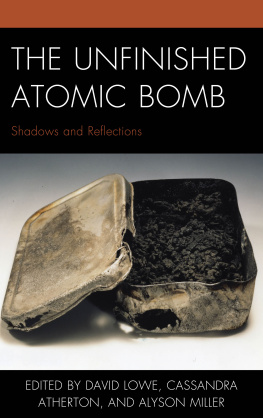
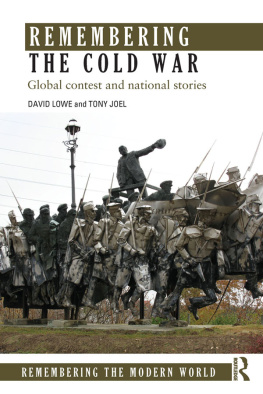
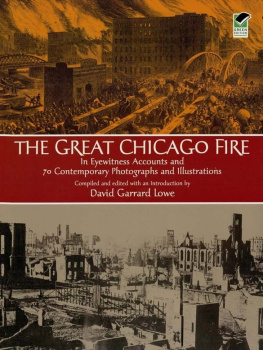
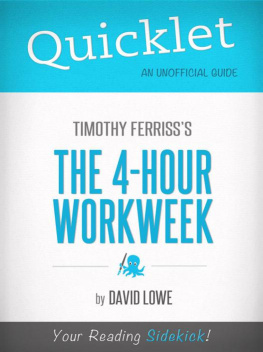
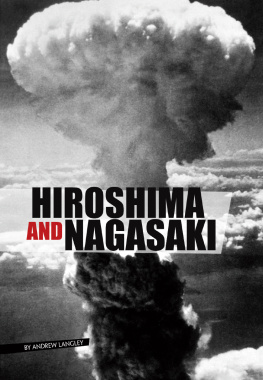


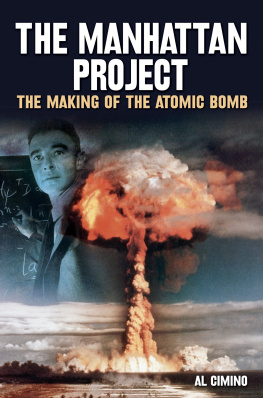
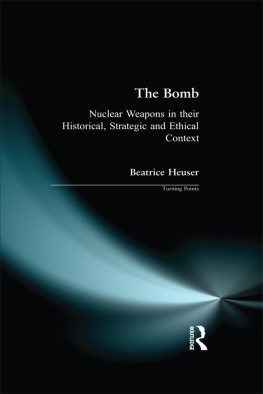
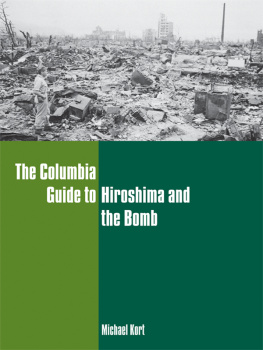
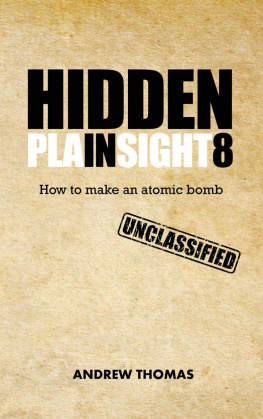



 The paper used in this publication meets the minimum requirements of American National Standard for Information SciencesPermanence of Paper for Printed Library Materials, ANSI/NISO Z39.48-1992.
The paper used in this publication meets the minimum requirements of American National Standard for Information SciencesPermanence of Paper for Printed Library Materials, ANSI/NISO Z39.48-1992.